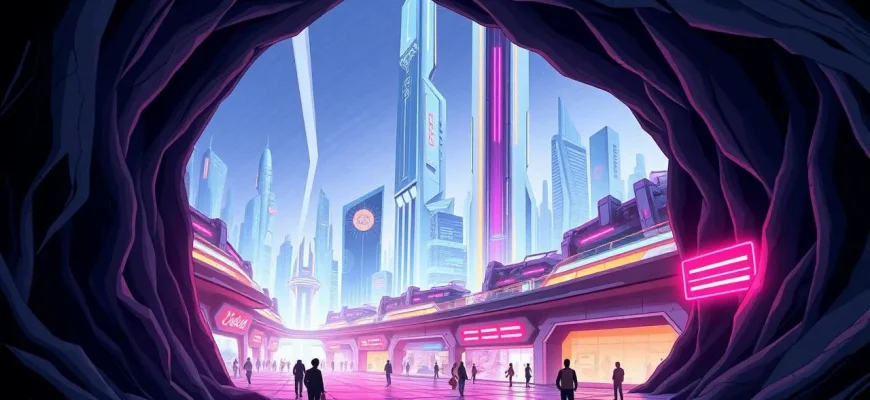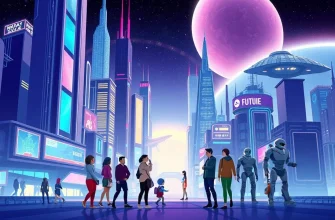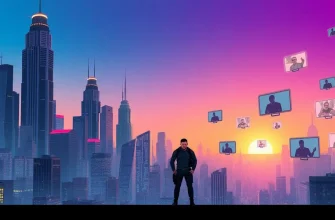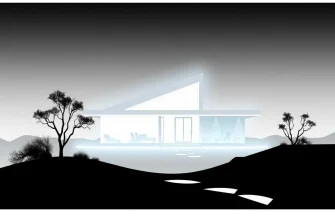Venture into the world of science fiction where the future of humanity often lies beneath the surface. These films explore the concept of underground cities, offering a glimpse into how societies might adapt to life below ground. From dystopian futures to post-apocalyptic worlds, these movies provide not just entertainment but also a thought-provoking look at human resilience, technology, and the environment. Whether you're a fan of intricate world-building or simply love a good story set in an unusual setting, this collection of films will take you on an unforgettable journey into the depths.
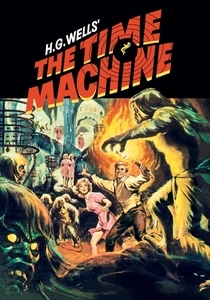
The Time Machine (1960)
Description: The protagonist travels to the year 802,701, where he discovers the Morlocks, a subterranean species that lives in darkness and preys on the peaceful Eloi above ground.
Fact: The film's special effects, particularly the time-lapse sequence of the city, were groundbreaking for its time.
 Watch Now
Watch Now 
THX 1138 (1971)
Description: In this dystopian future, citizens live in a controlled underground city where emotions and individuality are suppressed through drugs. The film showcases a society where conformity is enforced, and any deviation is punished.
Fact: This was George Lucas's first feature film, and the title "THX 1138" is a reference to his earlier student film.
 Watch Now
Watch Now 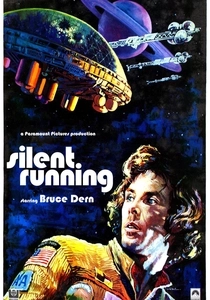
Silent Running (1972)
Description: In a future where Earth's flora is preserved in giant geodesic domes on space freighters, the film explores themes of isolation and the last remnants of nature, akin to an underground city in space.
Fact: The film features the first use of computer-generated imagery (CGI) in a feature film.
 Watch Now
Watch Now 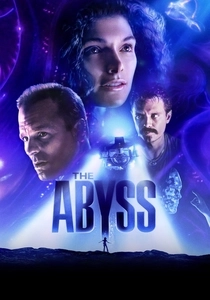
The Abyss (1989)
Description: Although primarily set underwater, the film features an underwater habitat that could be likened to an underground city, exploring themes of isolation and human survival.
Fact: James Cameron developed new underwater filming technology for this movie.
 Watch Now
Watch Now 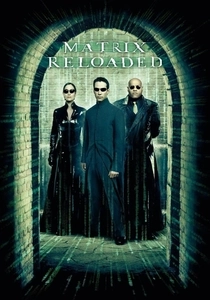
The Matrix Reloaded (2003)
Description: While not entirely underground, Zion, the last human city, is built deep beneath the Earth's surface, offering a stark contrast to the virtual world of the Matrix.
Fact: The film features one of the most expensive and elaborate action sequences ever filmed, known as the "Burly Brawl."
 Watch Now
Watch Now 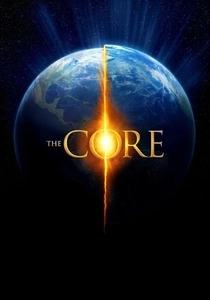
The Core (2003)
Description: While the focus is on the Earth's core, the film includes scenes of an underground city-like structure where scientists work to save the planet.
Fact: The film's premise of the Earth's core stopping was inspired by real scientific theories about the Earth's magnetic field.
 Watch Now
Watch Now 
The Island (2005)
Description: The inhabitants of a seemingly utopian facility are actually clones living in an underground complex, unaware of their true purpose until they escape.
Fact: The film was inspired by the 1979 film "Parts: The Clonus Horror," which had a similar premise.
 Watch Now
Watch Now 
The Descent (2005)
Description: Although not a city, this horror film features a group of women exploring a cave system, which could be seen as an underground community of sorts, filled with terrifying creatures.
Fact: The film was shot in real caves, adding to its claustrophobic atmosphere.
 Watch Now
Watch Now 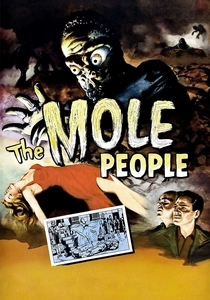
The Mole People (1956)
Description: An expedition discovers an underground civilization of albinos, ruled by ancient Sumerian gods, living in a world of darkness and mystery.
Fact: The film was one of the first to explore the concept of underground societies in science fiction cinema.
 30 Days Free
30 Days Free 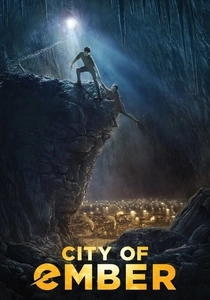
City of Ember (2008)
Description: Set in a city built to last 200 years, Ember's inhabitants live underground, unaware of the world above until two teenagers uncover the truth about their city's origins.
Fact: The film was based on a novel by Jeanne DuPrau, and the city's design was inspired by the architecture of the early 20th century.
 30 Days Free
30 Days Free 
